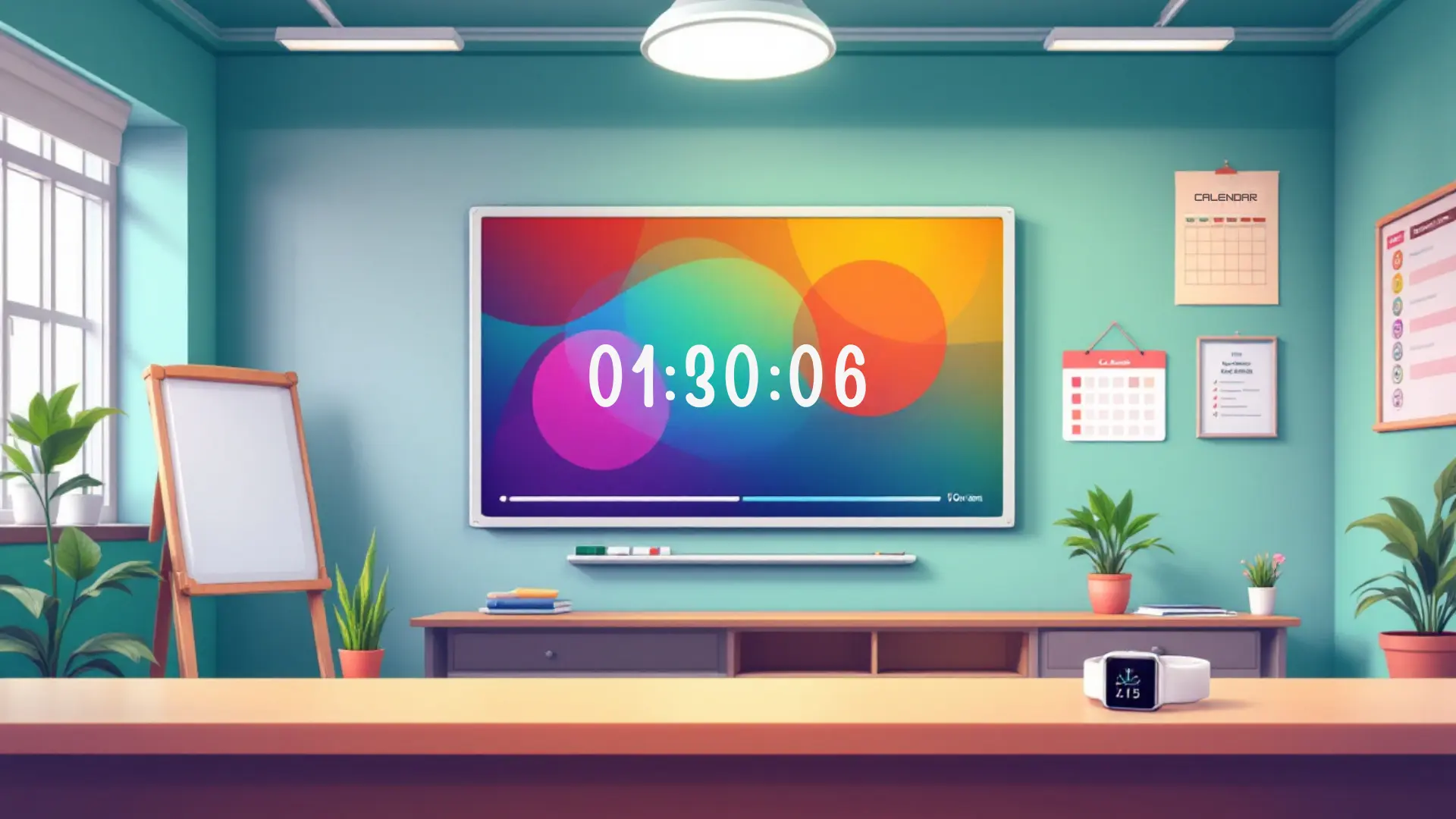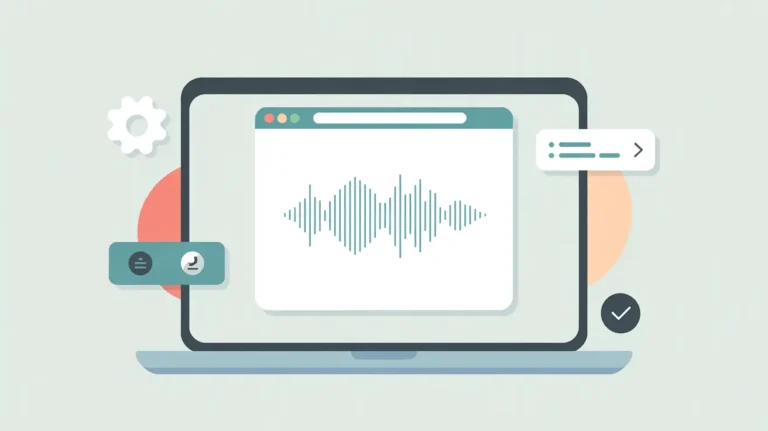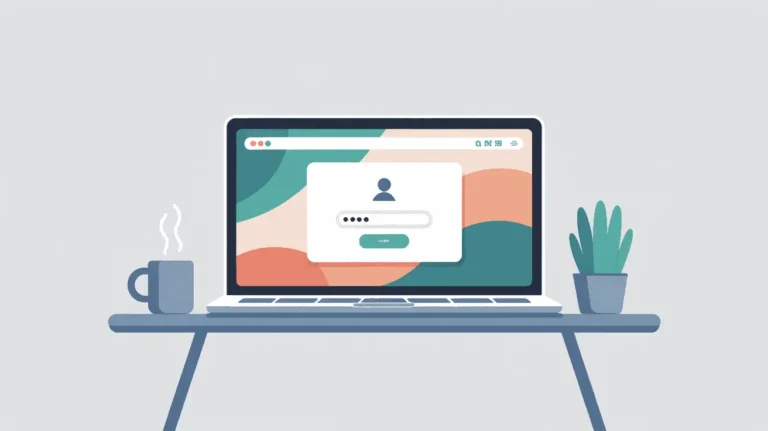5 Practical Tips for How to Focus with ADHD as an ND Teacher
Let's be honest. Learning how to focus with ADHD when you're the teacher?
It's like trying to tune your ukulele in the middle of an assembly.
Definitely possible. But easy? Nope.
And the typical school day doesn't give you many chances to reset.
Yet somehow, we manage to stay present and engaging for our students.
If you're nodding along (or reading this while you should be grading papers), I get it.
I really do.
This article contains affiliate links. If you purchase through these links, I will earn a small commission at no extra cost to you.
Sign up here for your free ADHD in Women Checklists guide!

How to Focus with ADHD and Shiny Object Syndrome
Picture this: You're mid-lesson, explaining a concept you've taught dozens of times before.
Suddenly, your mind wanders to that email you need to send.
And that conversation from yesterday that didn't go quite right.
Meanwhile, your students are waiting for you to finish your sentence.
Oh, right.
Sound familiar?
You're not alone.
After years of blaming myself for these moments, I finally had some clarity.
My late diagnosis finally helped me understand that my brain is just wired differently.
Now, instead of fighting against it, I've found ways to work with it.
Here are five strategies that helped me stay focused during lessons.
No unrealistic suggestions that don't work.
Just real tools for real neurodivergent teachers.
Take what helps you, and feel free to adapt it to fit your needs.
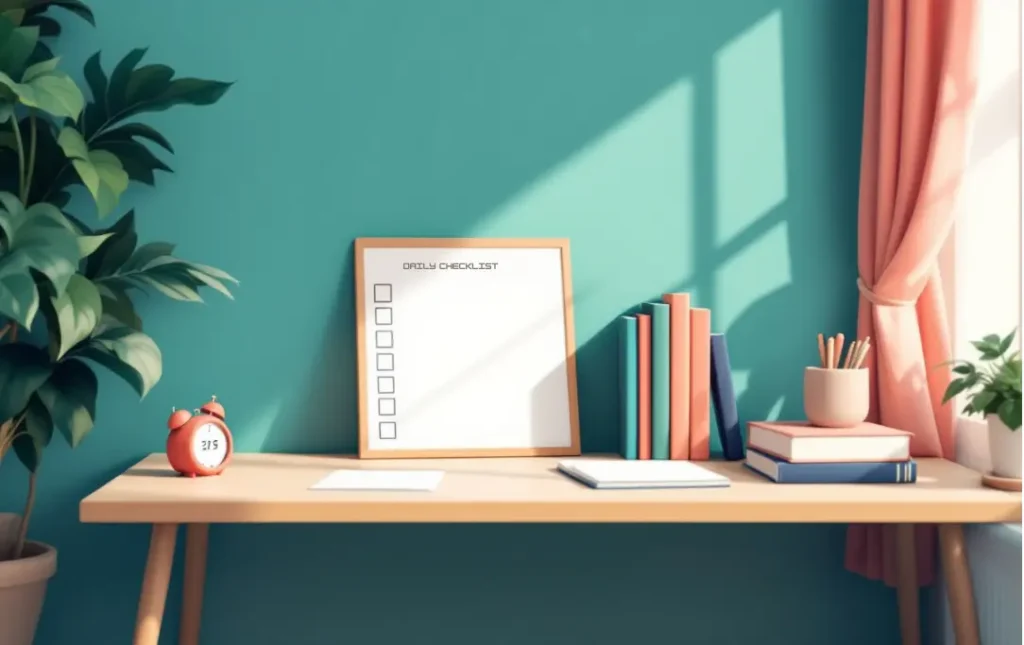
1. A Simple Way to Focus Better with ADHD
The invisible nature of time is an ADHD nightmare.
Put a visual timer where you can't miss it.
*Directly* in your line of sight.
Many smartboards and teaching platforms have built-in timers.
But a simple kitchen timer or Time Timer on your desk works just as well.
Here's the trick that worked for me: Turn timing into a game!
Time how quickly students can line up, clean their workspace, or transition between activities.
Keep a running record of their “best times” on a nearby whiteboard.
Why this works: Your students love it!
They love the competition element.
But it's also helping you do all the things, on time.
2. Staying Focused When Teaching with Student Brain Breaks
You know those 5-10 minute brain breaks we build in for students?
They're for us too.
When students are working independently or in pairs, use these precious moments to:
- Check your visual lesson plan
- Make quick adjustments based on time remaining
- Check in with your body (can you feel your feet?)
- Reset your focus for the next section
For younger students, this might look like partner statue poses or silent reading time.
For older students, journaling prompts or quick discussions work well.
The key is choosing activities that the students know well enough.
That way it requires minimal direct instruction from you.
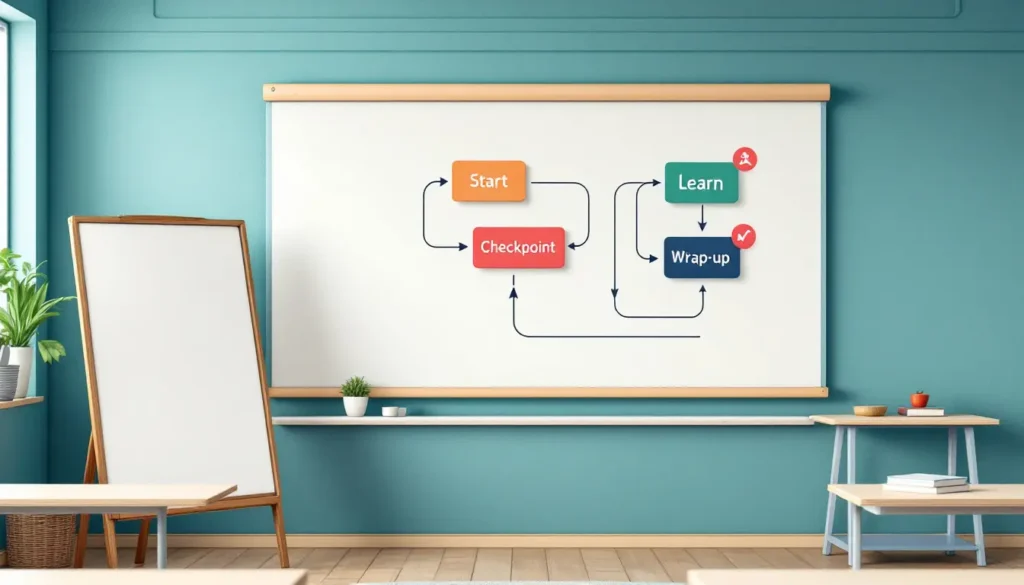
3. Create a Visual Roadmap of Your Lesson
I'm a visual learner, and I liked having my lesson as a kind of roadmap.
It was pretty barebones, but it worked because it had:
- Opening activity
- Main learning goal
- Midpoint checkpoint
- Closing activity
This visual roadmap helped me instantly reorient when my brain inevitably would wander off.
Instead of that panicked feeling of wondering what this specific class in this grade level was working on.
I could quickly glance at my map and get back on track.
What was even better, was that students benefit from seeing the structure too.
That's the beauty of universal design.
What works for neurodivergent minds benefits the whole group.
4. Designate a Student Time-Keeper
This strategy saved me countless times: enlist a responsible student as your unofficial timekeeper.
Doesn't have to be all the time.
Just during key transitions.
For example, they could give you a five-minute warning before it's time to line up.
You would need to practice it with everyone first.
And try it in small groups.
Then eventually either the small group or the student by themselves can help give you a five minute warning.
You can give them a little sign to hold up that tells you 5 minutes to go.
Or agree on a certain non-verbal hand sign.
Small groups enjoy this kind of challenge.
You could even make it a competition to see which small group does the best with this assignment.
Who stays more on time?
Of course you are obviously the responsible adult.
So you should set back up timers for yourself, as well.
Which leads me to my next point…
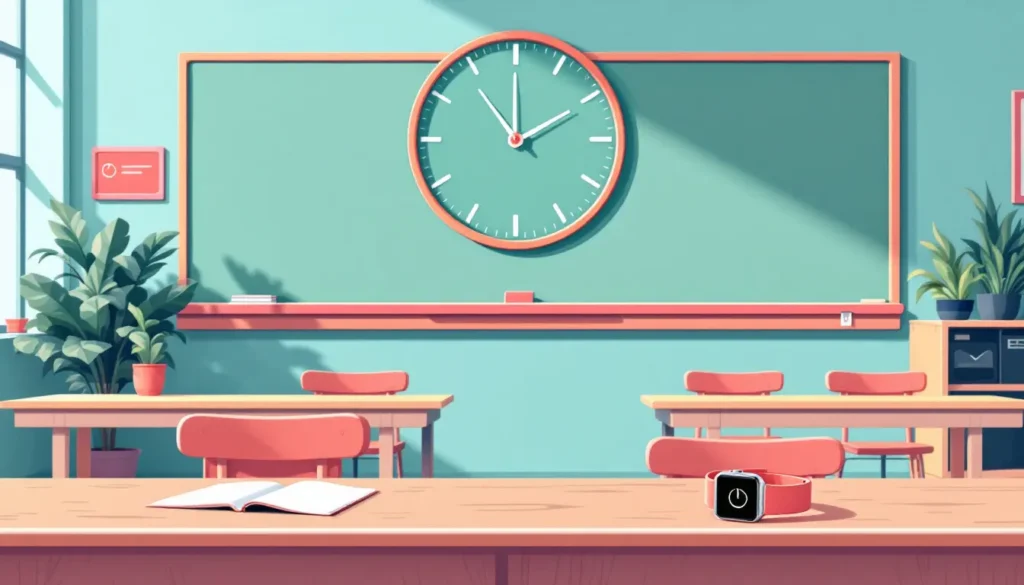
5. Set Haptic Reminders That Only You Notice
My smartwatch was honestly a lifesaver in the classroom.
Set gentle, vibrating reminders at strategic intervals during your lessons.
I found that timing them based roughly on the age of my students works well.
A 7-minute timer for 7-year-olds, for example.
Each vibration can signal:
- Time to switch activities
- Move to a different part of the room
- Check in with a specific student or group
- Return to your visual roadmap
The beauty of haptic reminders is that they're completely private.
No one else knows you're getting these gentle nudges to stay on track throughout the lesson.
The Alarmed app is really good for this!
And the Tiimo app is a great way to organize your whole day.
If you also want accountability for focusing when you're not actually teaching, try FocusMate.
It's very helpful to have that accountability partner!
Key Takeaways
- Visual timers make the invisible passage of time concrete and manageable
- Student brain breaks are your opportunity to reset and reorient
- Visual roadmaps help you quickly recover when your focus wanders
- Student helpers practice helping the group be productive and everyone stay on time
- Haptic reminders create private structure within your lessons
Remember: These strategies work on most days.
The ones when things are relatively predictable.
For those other days (you know the ones I'm talking about), give yourself grace.
If you blew a tire on the way to school and your kid gets the stomach bug?
Hang in there and be kind to yourself.
Sometimes making it through is plenty.
ADHD Focusing Tips: You're Not Alone in This Journey
Being a neurodivergent teacher comes with unique challenges, but it also gives you great strengths.
Skills like creativity, empathy, and the ability to connect with students who learn differently are just some of them.
What strategies have you found helpful for staying focused during lessons?
Join the Community
Want to connect with other like-minded educators?
We share ideas, ask for help, vent, and generally support each other.
Visit our Facebook group and take it one step at a time.
You've got this! ❤️

